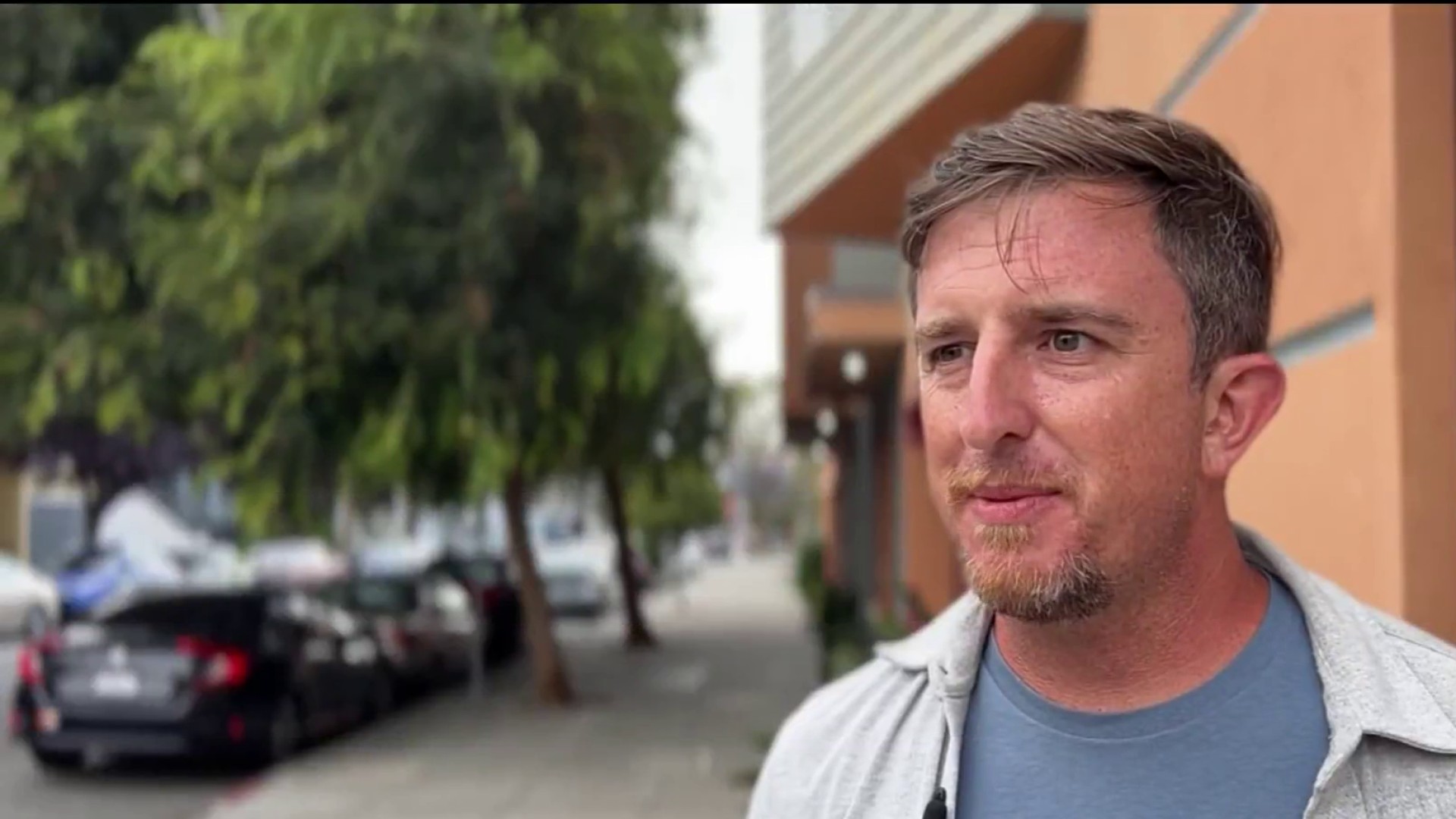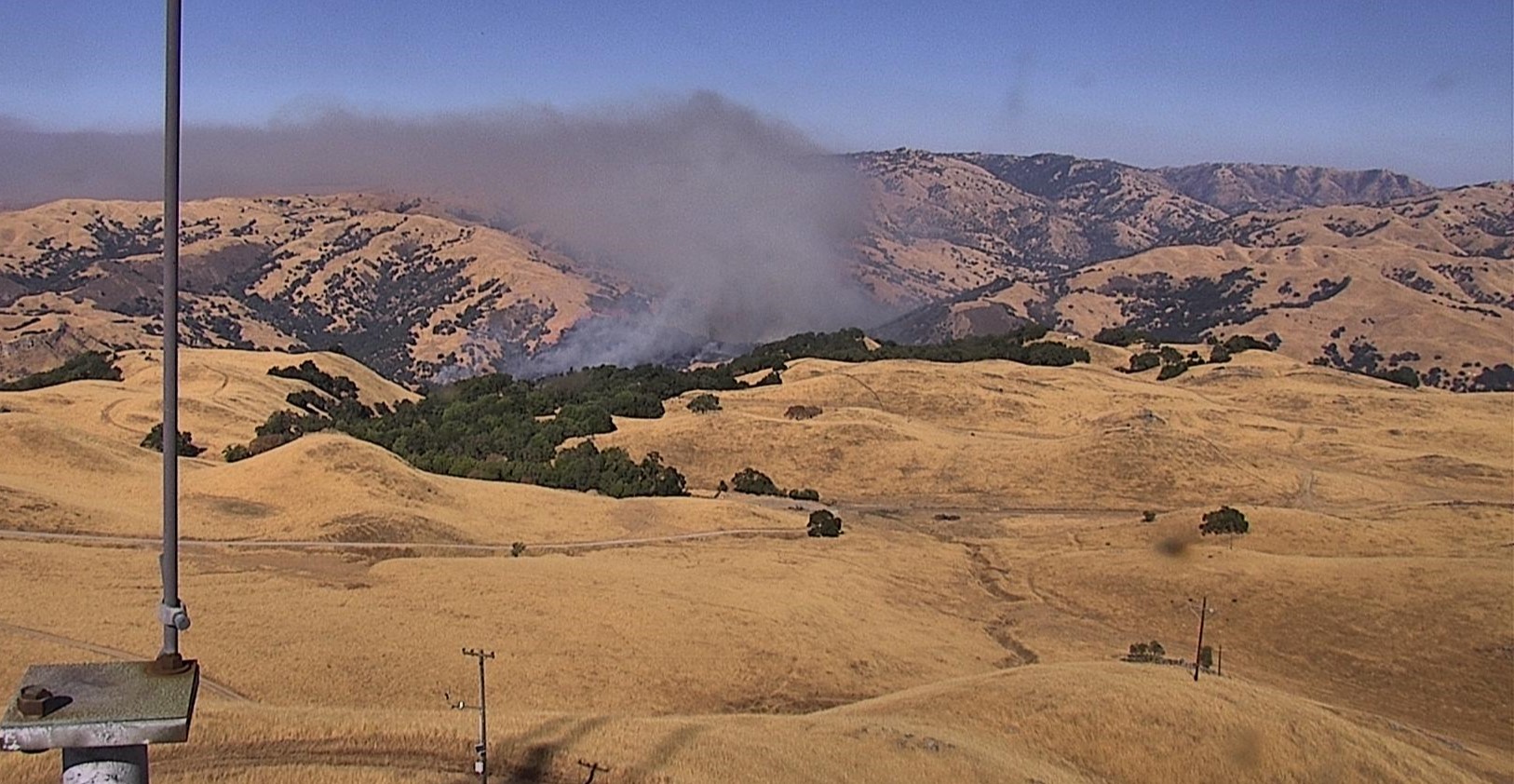Adrian Crosby was 13 when he used a small rock to carve his initials onto a school sidewalk. The 7th grader at Bret Harte Middle School in San Jose believed the 6-inch high letters would make other students like him more.
“They thought I was doing something inappropriate, but I just wanted to be a legend,” Crosby said. “I thought maybe someone might look at it and say, ‘Oh, look, a legend – this is so cool – a legend was at this school.’”
Crosby, now 15, is autistic. While he hoped his actions would get him a legacy, what he ultimately received was a criminal record. The staff at Bret Harte Middle School summoned their school resource officer who decided to issue Crosby a juvenile citation. The teen was never placed in handcuffs, but the citation now appears on Crosby’s criminal record as an arrest.
The U.S. Department of Education requires school districts across the country to keep track of how many students are referred to law enforcement or arrested while at school. The NBC Bay Area Investigative Unit obtained and analyzed the most recent federal data available, covering the 2011-2012 school year, and found during that single year, California schools referred 31,961 students to law enforcement, which led to 6,341 student arrests at schools.
In order to review more recent figures, the Investigative Unit collected and analyzed data from 20 of some of the largest school districts in the Bay Area, home to 374,266 students. The investigation found 1,841 students were referred to police and 198 students were arrested during the 2013-2014 school year.
The investigation also found schools called police on African-American students and students with disabilities at disproportionately higher rates compared to other children. While children with disabilities made up only 10 percent of the student population, they accounted for 27 percent of the students referred to law enforcement, and 23 percent of arrests. African-American students made up just 9 percent of the population, and were referred to police 16 percent of the time and arrested 24 percent of the time, the data analysis showed during the same time period. National averages were about the same, according to the most recent U.S. Department of Education's Civil Rights Data Collection. For example, nationally, students with disabilities comprised 12 percent of the population and were referred to police and arrested 25 percent of the time, the data shows. African-American students comprised 25 percent of the U.S. school population and were referred to police 27 percent of the time and made up 31 percent of the arrests.
Local
NBC Bay Area requested student police referral rates and arrest totals from 25 districts, but just 20 complied. San Francisco Unified School District, for example, is the largest district with nearly 58,000 students. District officials did not comply with NBC Bay Area's document request by deadline. West Contra Costa Unified School District officials told NBC Bay Area they had no idea they even had to keep these records. School districts that don't comply could lose federal funding.
The NBC Bay Area Investigation also revealed wide variation in how schools choose to use, or not use, police officers on campus. That choice can have lasting consequences for students.
“It’s clear that students of color and students with disabilities are particularly vulnerable to the disproportionate discipline of students,” said Linnea Nelson, an education equity staff attorney at the ACLU of Northern California.
Nelson says schools are now relying more heavily on officers to discipline students after budget cuts in California left many school districts with fewer counselors. She says, as a result, incidents that used to land kids in the principal’s office are now ending up on a student’s criminal record.
“The problem is that police tend to approach conflict by arresting people, rather than having a more supportive approach to keep kids out of trouble,” Nelson said. A single juvenile arrest, according to Nelson, increases the likelihood a student will drop out of school and have future interactions with law enforcement.
Crosby said he still thinks about his encounter with police.
“They made me feel fear,” Crosby said. “I think it was betrayal by the school.”
His mother, Aida Crosby, said it is still a struggle to make Adrian feel safe outside their home.
“For a really a long time, Adrian will not leave the house,” she said.
The Investigative Unit found that some schools in the Bay Area are using police to discipline kids much younger than Adrian.
Crisanne Hazen has seen it happen. She is a supervising attorney at the Law Foundation of Silicon Valley, a San Jose based firm that provides legal advocacy for children and teens.
“Some of the cases that we hear about are as young as first grade,” Hazen said. “They are having the police called in to remedy or mediate or deescalate a situation where a six-year-old is behaving badly.”
Hazen says many of their clients were referred to police by their schools.
“We don’t think that all of these kids are blameless and we don’t think that there shouldn’t be consequences,” Hazen said. “We are just asking that the consequences be appropriate -- age appropriate, developmentally appropriate, and appropriate to meet the situation.”
The National Association of School Resource Officers recommends law enforcement agencies develop written agreements with school districts to outline an officer’s role whenever law enforcement becomes a permanent fixture at a school.
“It is important to have that [agreement] so that everyone stays in their lane and we know exactly what it is that we should be doing,” said Don Bridges, Vice President of the National Association of School Resource Officers. “When we have officers in schools that are dealing with the discipline issues, that’s when we have problems.”
The Investigative Unit found that among the largest school districts in the Bay Area, a majority do not have clear policies defining how police should be interacting with students on campus. While 85 percent of the districts analyzed by NBC Bay Area have school resource officers on their campuses, only 35 percent of them have agreements with police that clearly define an officer’s role while at school.
San Jose Unified, the district overseeing Adrian’s old school, does not have that kind of agreement. The district’s superintendent, Dr. Vincent Matthews, would not answer questions about the district’s policy or what happened to Adrian.
In a statement, a district spokesperson said their school resource officers complete a separate “training program” through the San Jose Police Department that covers, “building good relationships with kids, how to talk to students, and how to serve as role models and mentors.”
But what the school district calls a “training program”, actually lasts as little as 30 minutes, according to the San Jose Police Department. The U.S. Department of Justice recommends much more than that – 40 hours of training through the National Association of School Resource Officers (NASRO).
“If you have jurisdictions that are creating their own in-house training, that’s a formula for disaster.”
Adrian Crosby was able to use soap and water wash off his initials from the sidewalk. Much harder to erase, however, was the impact. The teen's probation officers decided after four months to not refer his case to the District Attorney, but the arrest remains on his juvenile record. When he is 18, he must apply to have his record sealed, and that decision is left to a juvenile court judge.
“Yeah, I do get scared,” Adrian said. “It made me feel like I was going to jail because of a vandal act, because of a teensy-weensy four letters. They over-reacted because of four letters.”
______________________________________
Need to contact our Investigative Unit?
• You can remain anonymous
• 1-888-996-TIPS
______________________________________
Watch the entire series in this NBC Bay Area investigation:
- Part 1: Disproportionate Number of Disabled, African American Students Arrested at School
- Part 2: School District Called Police on Students 1,745 Times in Single School Year
- Part 3: Teen Arrested for Somersaults on School Lawn; District Says Risk of Criminal Records "Not Our Business"
- Part 4: Investigative Unit Series Sparks Major Security Changes at 34 schools, Impacting Thousands of Students
- Part 5: Nearly 230,000 Bay Area Students Attend Schools with No Guidelines in Place for Campus Police Officers
- Part 6: Obama Admin. to Schools: Stop Misusing Police Officers
- Part 7: White House Pushes Nationwide Reform Following I-Unit Series
- Part 8: Black Students, Disabled are 3X More Likely to Face Arrest at School



